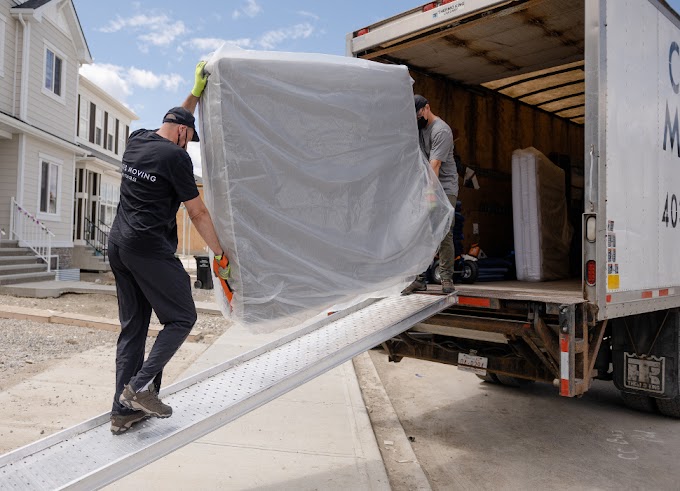The boards are ideal as a step from the Mini Malibu to the next shorter board or as a step-up on days with smaller, weak waves. The surfboards are therefore suitable for advanced surfers as well as for professionals!
Shortboards are the surfboards for experienced and very good surfers. The boards are relatively light and have a small volume. This makes the boards very manoeuvrable and agile - for radical turns on the wave the shortboards are the right choice!
However, the short boards require a lot of surfing experience, paddle power and fitness. No surfer gets past funboards and fish shapes during his surfing career before he can surf a shortboard.
Longboards represent a different side of surfing: Smoother Surfstyle of a longboard with round movements and other manoeuvres like cross-steps or slope-fives or hang-tens!
With a length of 9 feet or more, the longboards have a lot of volume. However, this does not mean that the boards are also suitable for beginners. The boards are difficult to move because of the large mass and paddling out to the line up is a big challenge, which makes longboards not beginners friendly.
The softboards are ideal for the first days in the water. Soft boards significantly reduce the risk of injury. Equipped with flexible fins there is a lower risk of injury to the fins.
Today you have a plethora of surfboard shapes to choose from, so much so that it's hard to know what differentiates one from the next.
With so many variables, and so many different board shapes to dissect, it's no wonder surfers don't know which shape to choose, let alone why.
This ultimate guide to surfboard shapes hopes to change all that, give you that little extra insight, and clear things up once and for all.
So if you're ready to go deep into all the different styles of surfboard people are riding and why, keep reading, as you're in for a treat.
There are two types of Fish surfboard shapes, the new school version (as pictured above), and the old school version which we'll get to later in this post.
Fish surfboards are designed for surfing small waves and as such are wider at the nose and tail than high performance shortboards.
This extra width provides more surface area, allowing the board to plane and glide better in small waves, it makes them super fast too.
Fish surfboards are best surfed in weaker, flatter style waves as they hold their speed so well, however they have their limitations especially when the waves get bigger and steeper.
This swallow tail set up allows the board to carry extra width into the tail for buoyancy, volume, and glide, yet allows the board to pivot from rail to rail too for more progressive surfing.
These boards are built like a Formula 1 race car for the waves, and it's here where most surfboard evolution happens.
Typically the shape of a high performance surfboard will be pulled in at the nose and tail to allow for sharper, tighter turns in the pocket.
You'll also find harder, sharper, less forgiving rails at the tail of the surfboard to allow the surfer to really put the board on edge as well.
And, just like a Formula 1 car needs to be driven at maximum speed for the downforce to take effect, tyres to heat up, etc. to fully perform at its best, the same goes for high performance shortboards too.
Spyder Surfboard reviewsIf you're not quite here though with your surfing they can do more damage than good, so don't be in a rush to hop on one of these boards until you're ready.
Hybrid surfboard are that middle ground surfboard shape that sits in between a new school Fish, and a high performance shortboard.
They're for the above average everyday surfer that wants to be able to lay their board on rail, yet still be able to paddle into waves easily, plus have that little bit of forgiveness too for when you're not surfing every single day.
The shape is a balance of slightly wider nose and tail shapes, oftentimes (but not always) a swallow tail, with a bit of added volume to get the board going too.
If you're into high performance surfing and you surf only a handful of times per week and you surf a lot of small waves at your local, it's likely the Hybrid is the shape for you.
As the name suggests the 'Step Up' surfboard is a shape that's built for when the waves step up a notch, and get bigger.
This extra length adds extra volume into the surfboard making it easier to paddle and catch waves which is especially important when surfing bigger waves as they move that much faster.
This extra length adds extra volume into the surfboard making it easier to paddle and catch waves which is especially important when surfing bigger waves as they move that much faster.
Furthermore, the outline shape of a step up surfboard is slightly extended too, this helps for longer, more drawn-out carving manoeuvres on bigger waves, plus helps the surfer handle all the extra speed too.






.jpg)
.jpg)


